
On one of the world’s great public transport systems you move around London at the swipe of an Oyster
[caption id="LondonontheMove_Feature" align="aligncenter" width="1024"]
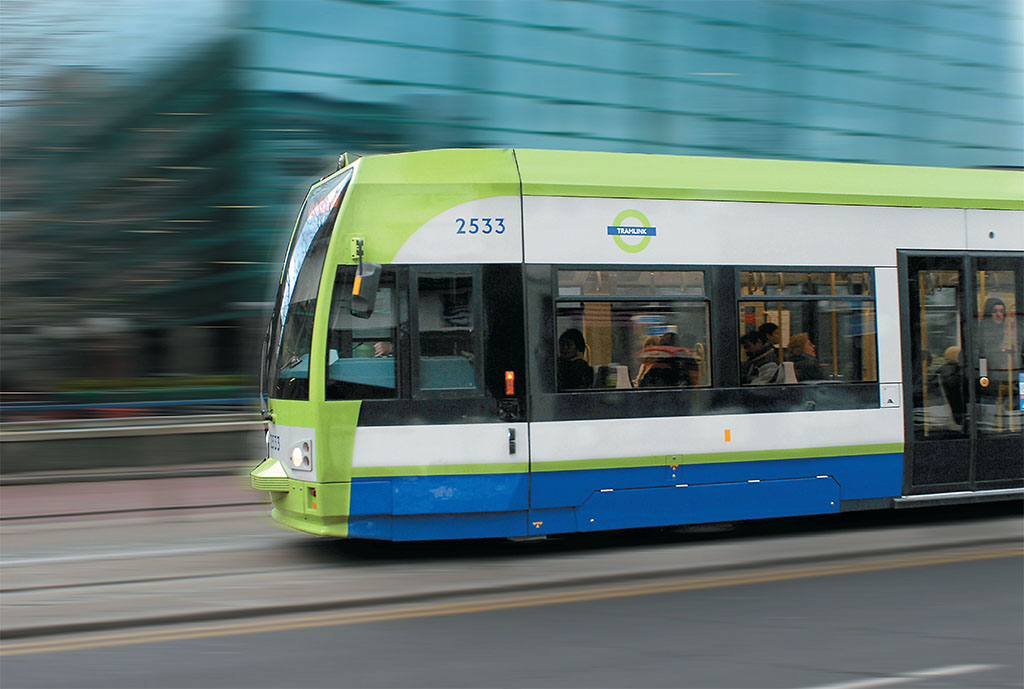
© TRANSPORT FOR LONDON
[caption id="LondonontheMove_img1" align="aligncenter" width="1024"]
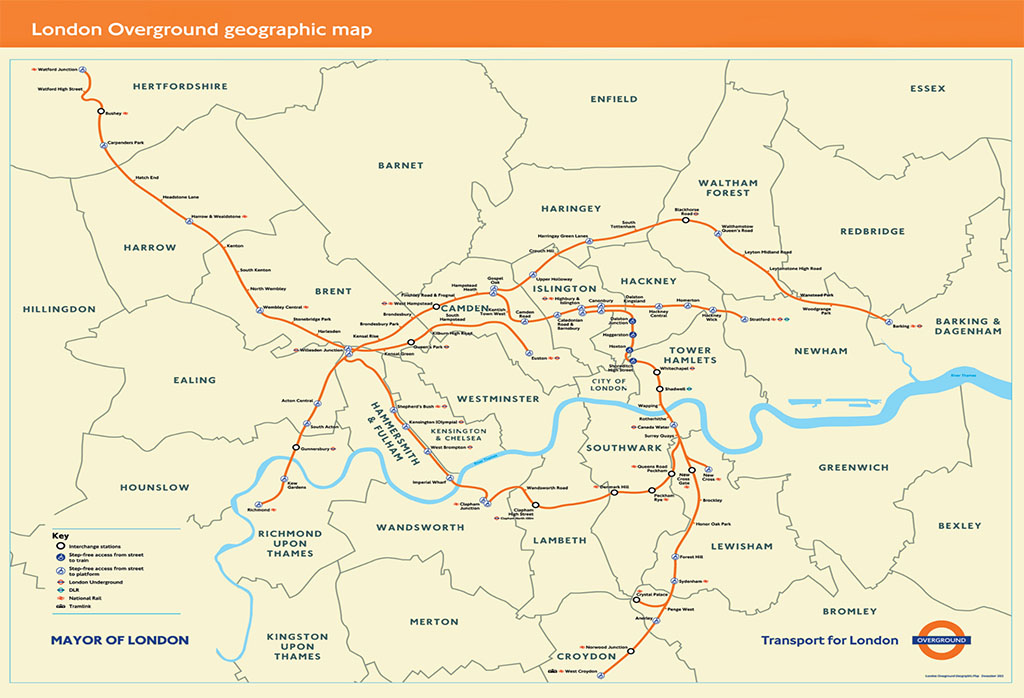
© TRANSPORT FOR LONDON
THE FIRST-TIME VISITOR to London, even the hardy regular, can easily hail one of the city’s iconic black cabs to take them across the metropolis. Although cabs are convenient, they can easily isolate the visitor from the vibrancy and secrets of the city. Forced to travel at the speed of congested traffic, a black cab insulates the visitor from those senses that can come alive in London. Public transport, however, takes the visitor behind the curtain of the city as it unfolds around the clock.
Admittedly, public transport in London can be bewildering. This is partly because the Transport for London (TfL) maps of Underground and bus routes have the complexity of a Jackson Pollock masterpiece. Factor in river services, trains, a newly-established cable car connection, and hailing a cab can suddenly seem a very attractive and obvious solution. Bypassing public transport, though, visitors miss two of the most recent innovations to cut through the spaghetti-like complexity of moving around the capital: the London Overground and the Oyster Card.
The five-year old Overground, not to be confused with the 150-year-old Underground, is the new kid on the railroad block and has opened up much of London to easier access. Late last year, the service was crowned with a “round London” service, a rail “M25” that echoes the advantages offered by the M25 expressway in getting around the wider swathes of outer London.
Launched with the tagline “London’s new train set,” the 54 miles of route are worth exploring in themselves. The routes utilize distinctive orange and whiteliveried rolling stock and allow passengers to visit the outer reaches of the city without going through the crowded center city. The trains are also fully air-conditioned, for those rare English summer days that threaten the mercury.
Running from Surrey Quays to Clapham Junction to complete the circle, passengers from South and South West London can now easily reach Canada Water, Wapping and Stratford without traversing the center. Passengers in the other direction can access North London destinations from Clapham Junction, avoiding central London’s congestion.
Take the Overground for a number of attractions awkward to reach otherwise. Try the Horniman Museum (Forest Hill), which illustrates the natural and cultural world through world-class collections established by Victorian tea trader Frederick Horniman. The Museum of Methodism (Shoreditch High Street) tells the history of Methodism from John Wesley to the present day, while the Freud Museum (Hampstead Heath) is the last home of the founder of psychoanalysis.
[caption id="LondonontheMove_img2" align="aligncenter" width="997"]
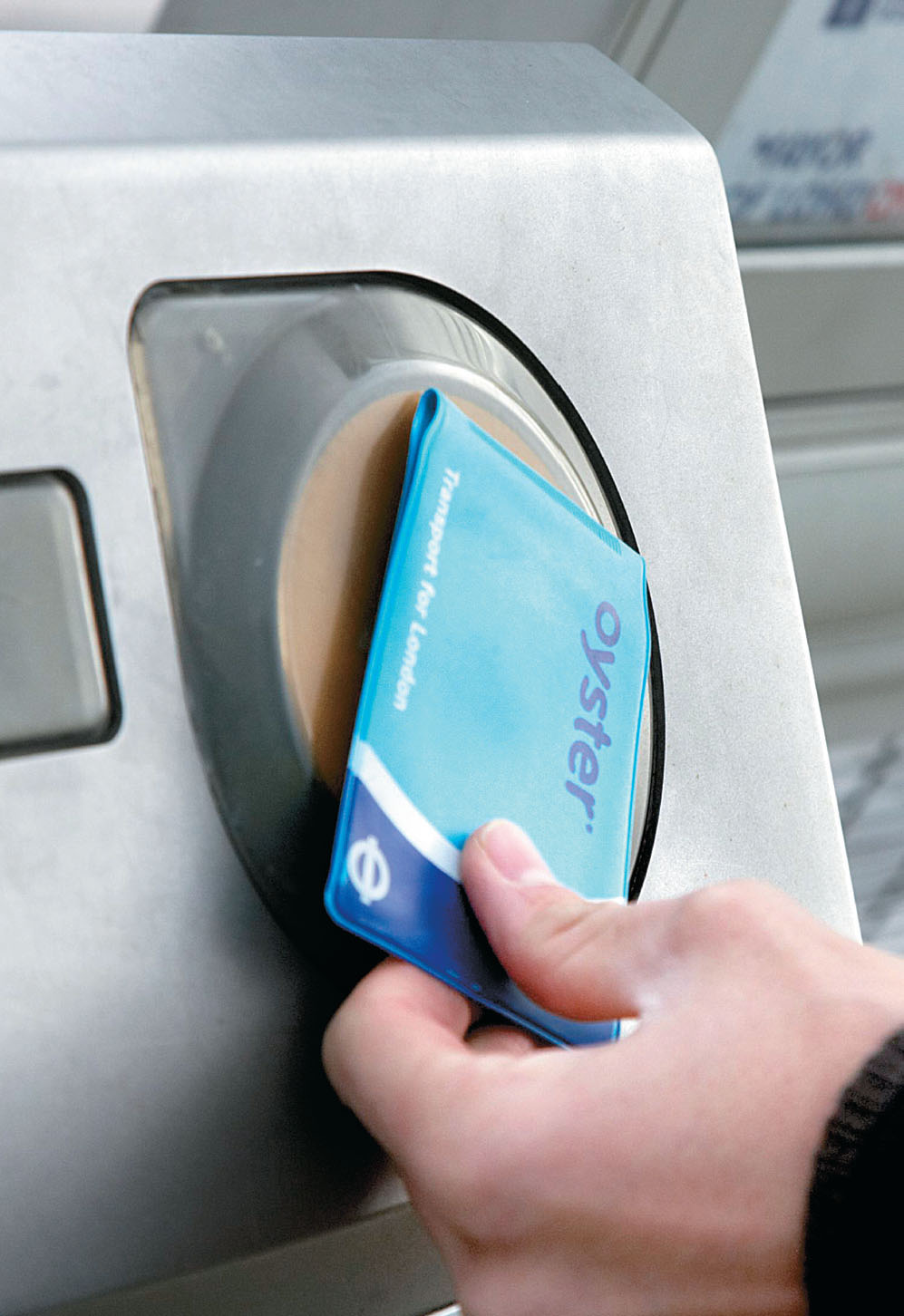
© TRANSPORT FOR LONDON
Swiping through
There may be a mystery as to the derivation of its name, but Londoners now routinely ask each other if they have “an oyster?” This is not, of course, a piscine inquiry into a bivalve mollusc with a rough irregular shell; instead, it is the familiar manner in which the locals have morphed the Oyster Card into everyday parlance.
In the decade since its launch, the omnipresent “ping” as the card is read on buses, tram stops, Underground and train stations has become a background sound of London. For the visitor the ping also represents a keen saving on some of the eye-watering fares that face the non-Oyster holder, as well as the speed of passing through stations and onto public transport without having to queue for tickets.
Take an Underground journey between two zone 1 stations without an Oyster and you pay £4.50. The same journey with an Oyster costs £2.10. The card can be used on Underground, Overground, bus, DLR, tram, cable car, some river services and national railroad services within the six central London travel zones.
To ensure you pay the correct fare on Tube, DLR, London Overground and National Rail services you must always touch in on the yellow card reader at the start of your journey and touch out at the end of the journey.
A key advantage is that the cards can be charged with money at many locations away from Underground, Overground and railroad stations at some 4,000 Oyster Ticket Stops located across London in newsagents and grocery stores as well as at Travel Information Centers. Simply charge up the card and hit the network. Fares will be deducted every time you swipe. Visitors to London can purchase the cards online prior to travelling from the Visitor Oyster shop and at overseas sales agents such as Visit Britain.
Twilight Zones
Public transport in London is based on a series of zones established in the 1970s. Travelling within a zone is generally cheaper than crossing into a neighboring zone or passing through one completely.
Most West End and downtown attractions such as the Tower of London, Westminster and South Kensington are in Zones 1, and Dockland destinations such as Canary Wharf are in Zone 2. If your hotel is in central London, then a Zone 1 and 2 Travelcard will cover your travel. However, if you are staying outside the two zones, your ticket must include the fare to the center and it makes better sense to purchase a Zone 1 to 6 ticket.
[caption id="LondonontheMove_img3" align="aligncenter" width="1024"]
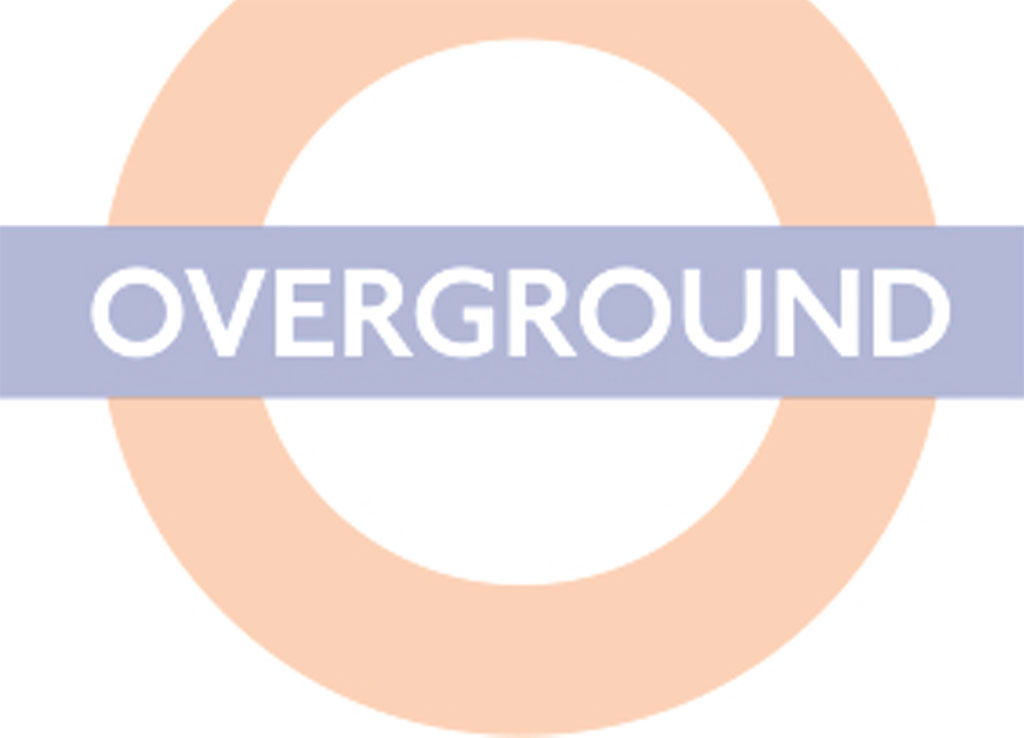
© TRANSPORT FOR LONDON
Going Underground
Arguably the most famous London icon, the London Transport roundel welcomes the traveler to some 270 stations on a 250-mile network of rail lines. “The Tube” originally referred to the deep tube lines compared with the “underground” system of lines just below surface. The terms are now interchangeable.
Many visitors may associate the Underground with journeys on the Piccadilly line to Heathrow and the West End. However, its extremities allow visitors to explore many charming parts of urban London, such as Richmond on the District line, Harrow on the Metropolitan and Epping, some 17 miles from central London, at the end of the Central line. There are 11 color-coded Underground lines. Services run regularly from around 5 a.m. to midnight.
On the waterfront
Key to the redevelopment of London’s abandoned docks in the 1980s was the building of the Docklands Light Railway (DLR). This network of automated driverless trains has been the foundation of the extraordinary development of Canary Wharf. Visitors can take the DLR to visit Canary Wharf, the Cutty Sark and maritime Greenwich, ExCel London, London City Airport or Woolwich Arsenal.
On the buses
London Buses manages one of the world’s largest bus networks. Approximately 7,500 iconic red buses carry more than 6 million passengers daily on a network serving 19,500 bus stops in the capital.
[caption id="LondonontheMove_img4" align="aligncenter" width="476"]
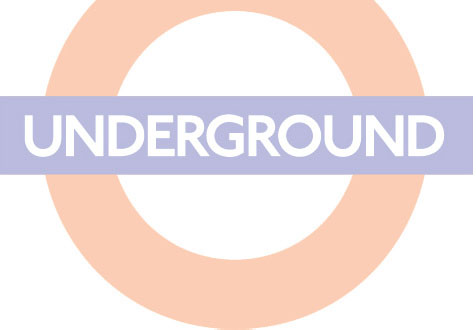
© TRANSPORT FOR LONDON
London’s much-loved Routemaster buses were a major feature of the capital from the mid-1950s until 2005. Technology, and the switch to one-person operation, did away with the need for a conductor, which meant these icons of the cityscape were consigned to the scrap heap. However, such was the outcry that a small renovated fleet was reintroduced on sections of two tourist-friendly central London bus routes. Visitors can climb aboard the traditional buses on sections of routes 9 and 15 between Tower Bridge and Kensington on two linking “heritage routes.” The 9 runs between Kensington High Street and Trafalgar Square, and the 15 runs between Trafalgar Square and Tower Hill. Both services run approximately every 15-20 minutes, daily between 9:30 a.m. and 7 p.m. The entire route can be traveled, with a change at Trafalgar Square, in around 60 to 90 minutes. Oyster Cards are accepted.
Black vs. Mini-cabs
It is more than just semantics: a black cab is a very different creature from a mini-cab. A black cab, which with modern advertising can often be every color except black, can be hailed from sidewalk or found waiting at a taxi rank outside popular locations such as railroad stations. Completely metered with fares set by City Hall, they are obliged to take passengers on journeys under six miles. Over that distance, it is at their discretion. There are currently around 21,000 black cabs in London.
A mini-cab cannot be hailed from the sidewalk and must be preordered. They are generally cheaper, but can be unmetered, so a fare must be agreed upon before the journey. Resist the temptation to get into a mini-cab you have not ordered; there are dangers involved in unlicensed vehicles.
Travelcard vs. Oyster
A convenient alternative to the Oyster is the daily travelcard from TfL. Allowing unlimited travel through all public transport services in designated areas, they can be great value and make all-day exploring great fun. The best value in 2013 is the off-peak Zone 1-6 ticket which costs £8.90. A child’s travelcard is £3.40. You pay £8.80 for a Zone 1-2 travelcard. For an extra 10p, you have access to hundreds of extra stations, lines and bus routes in the capital. Buy one for the peak period and you will have to pay £16.40, so a few extra hours in bed will be a great cost saving.
Taking to the river
Old Father Thames might drift leisurely through London’s center to the sea, but he provides an unexpectedly lively means of getting about from a network of piers from Richmond to the Thames barrier. These are not lazy tourist boats that amble down the river, but vital commuter services that visitors can enjoy to catch the real city and its workers from the bobbing surface of the river.
[caption id="LondonontheMove_img5" align="aligncenter" width="997"]
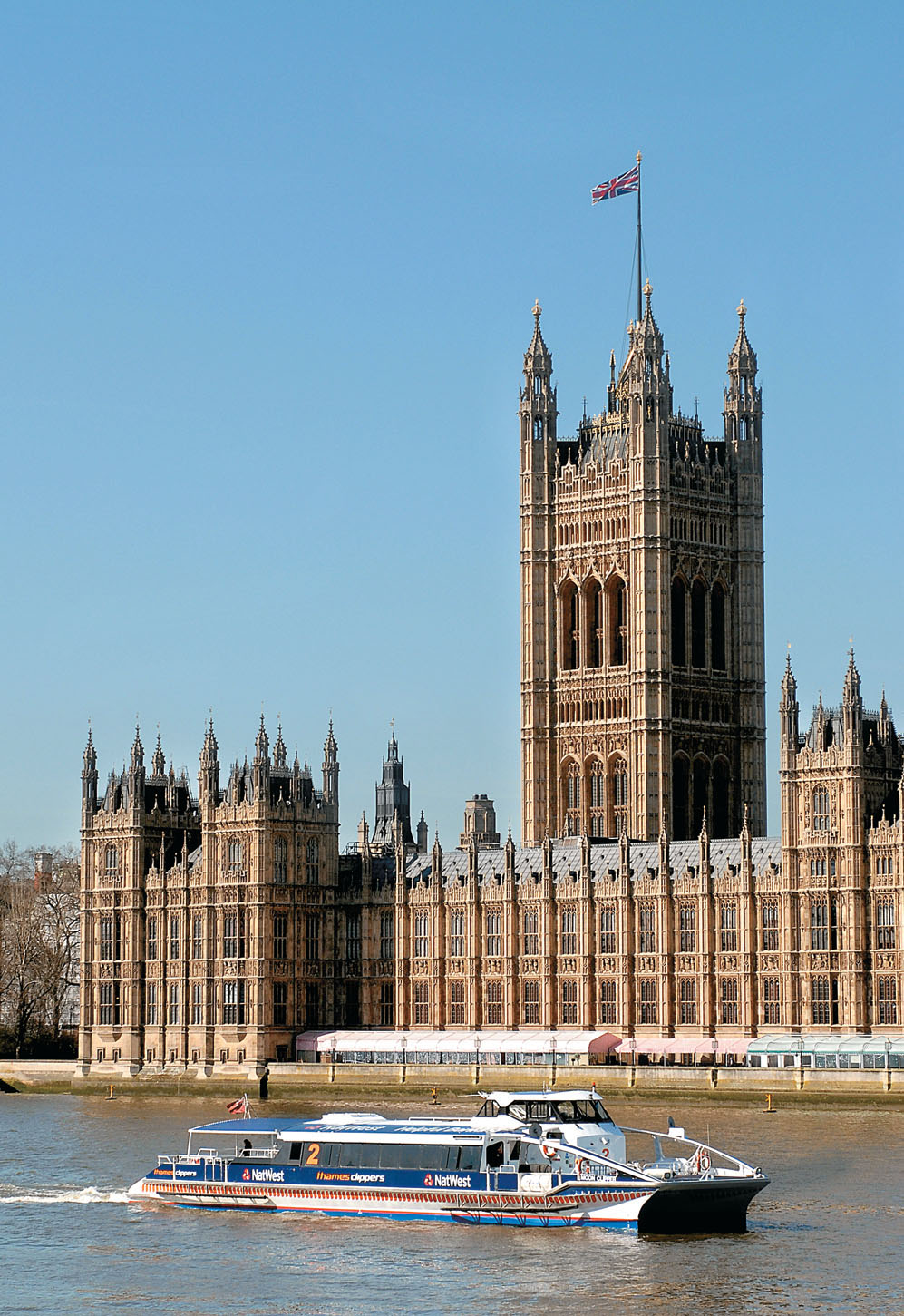
© TRANSPORT FOR LONDON
KPMG Thames Clippers, the fastest and most frequent fleet on the river, provides high-speed catamarans that leave the major piers on both sides of the river every 20 minutes with transport interchanges easily accessible from most piers. There is 10 percent off single tickets with Oyster on the Thames Clippers, while travelcard holders get a third off single tickets. For the sightseer, the company’s River Roamer ticket allows passengers unlimited hop-on hop-off for a day’s travel from 9 a.m. to 9 p.m., Monday to Friday.
Cable car
A curiosity of London’s public transport network, Emirates Air Line arrived on the scene to provide an unlikely link over the Thames between the Greenwich peninsula, with its entertainment hub of the O2 stadium, and east London. A year later, the jury is still out on whether this is a valuable addition to London’s transport system or a £60 million politician’s folly.
The UK’s first urban cable car takes passengers across the Thames seven days a week until 8 p.m. in winter and 9 p.m. in summer. Oyster cards receive a 25 percent discount on the adult fare. Adult single journeys cost £4.30. Taking passengers to a height of 295 feet, the cables offer views back towards Docklands on a journey of two-thirds of a mile.
[caption id="LondonontheMove_img6" align="aligncenter" width="1024"]
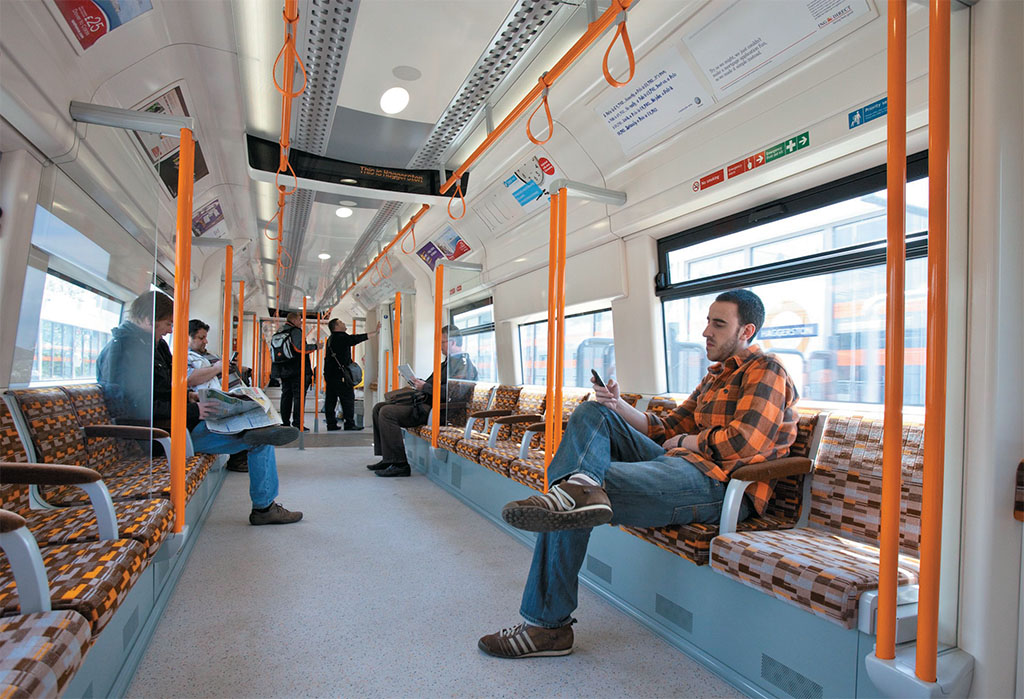
© TRANSPORT FOR LONDON
A streetcar named Croydon
On the edge of south London is the capital’s only tram system, a delightfully modern take on the Victorian tram. Connecting Wimbledon through Croydon to Beckenham in Kent, the line runs through pastoral scenery. Alight at Phipps Bridge to take in the beautiful gardens at Morden Hall Park. Alternatively, visit Beckenham, a lovely Victorian center.
Running a railroad
London has an extensive network of suburban railroads serving all suburbs and the center from some 357 stations. Oyster Cards are accepted on most of the services within the city. The trains are generally clean, fast and convenient outside of the rush hours. Rail services generally operate from 5:30 a.m. to 1 a.m. during the week.
Unravelling the knot
So when should you travel on London’s public transport? Like cities worldwide, London has a rush-hour that is best avoided. Travel after 9:30 Monday to Friday to take advantage of quieter and cheaper (off peak) travel. Off peak travel is generally available all day on Saturdays, Sundays and Bank holidays.
Like great tidal movements, most commuters come into London in the morning up to around 10 a.m. and leave between 4 and 7 p.m. This traffic is almost exclusively into and out of Zone 1 and Docklands. Travel in any other direction and you can find trains and buses surprisingly emptier than you might expect given the hour.
Public transport in London continues to be a low crime environment. Currently, more than 10 million passengers travel on the TfL’s public transport services each day with very few ever experiencing or witnessing crime, which itself has seen an eight-year decline since the middle of the last decade. This translates into a transport system that is safer than its equivalents in almost all other European cities.
Next time you are about to raise your arm to hail that black cab, pull it down and make for the nearest bus top, Underground or Overground station or DLR stop. You might end up seeing more of London than you expected.
Rickshaws
On the streets of the West End since 1988 there has been an explosion of rickshaws and pedicabs, even exotic Tuk Tuks from the Indian subcontinent. These tourist transport methods really are to be avoided at all costs. The spoilsport of the matter is that they are unregulated and uninsured. These vehicles are unmetered and clients are at the mercy of operators who knowingly charge eye-watering fares.





Comments